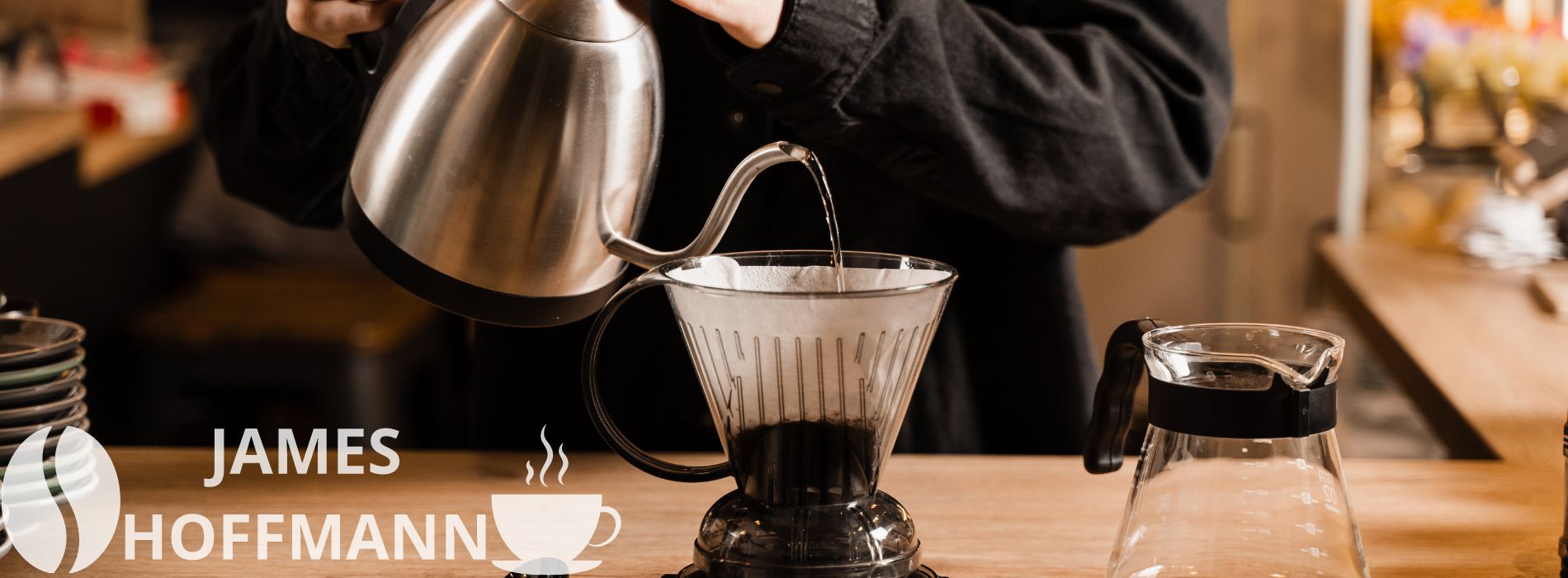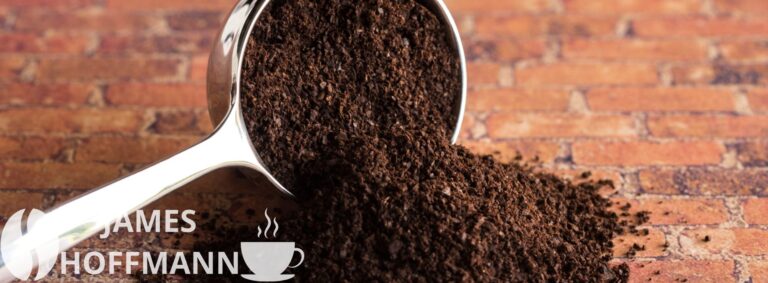Coffee has always been a passion of mine, but there was a time when the high acidity in my cup caused me discomfort. Like many of you, I have a sensitive stomach, and I realized the importance of reducing the acidity in my coffee. In this article, I’ll share my journey and offer insights on how to brew less acidic coffee. You’ll learn about the main causes of coffee acidity, how to choose the right beans, and various brewing methods that can help you enjoy a smoother, less acidic cup.
Coffee Acidity: Main Reasons
To tackle the issue of acidic coffee, it’s crucial to understand what makes coffee acidic. The acidity in coffee comes from several factors, including the type of beans, the roast level, and the brewing method.
What makes coffee acidic:
- Coffee beans contain natural acids, such as chlorogenic acid, which contribute to the overall acidity.
- The roasting process can either increase or decrease these acid levels.
- Brewing methods and water temperature also play a significant role in the final acidity of your coffee.
Factors influencing acidity in coffee:
- Bean type. Certain coffee varieties are naturally more acidic.
- Roast level. Light roasts tend to be more acidic, while dark roasts are less acidic.
- Brewing method. Different brewing techniques can either highlight or diminish the acidic notes.
Choosing the Right Coffee Beans
The type of coffee bean you use makes a big difference in acidity levels. As a general rule, 100% arabica beans tend to be less acidic than robusta varieties.
Regions known for growing lower acid arabica beans include Brazil, Sumatra, and parts of Central America.
Specific varieties like Bourbon, Caturra and Typica are also milder in terms of brightness and tanginess. While freshness and quality are always important for great flavor, fresher beans can sometimes contribute more acidity.
Aging tends to reduce perceived acidity, so letting quality beans rest for a couple weeks after roasting can help mellow them.
Roast Level Matters
The roast level of your coffee beans significantly impacts the acidity of your brew.
Explanation of different roast levels and their impact on acidity:
- Light roast: Higher acidity, often with bright, fruity notes.
- Medium roast: Balanced acidity, offering a more rounded flavor.
- Dark roast: Lower acidity, with a richer, more robust taste.
Experiment with different roast levels to find what suits your palate and reduces acidity.
Brewing Methods for Less Acidic Coffee
How you brew coffee has a huge impact on the finished cup’s acidity. Methods that expose the grounds to less heat and agitation tend to produce a smoother, less acidic result.
Cold Brew
This immersion method never raises the temperature above room temp, generating very little acid. To cold brew, soak a higher ratio of grounds to water for an extended period (often 12-24 hours), then filter out the concentrated brew and dilute it to drink. Cold brew has a distinctly rich, syrupy body with very low acidity.
AeroPress with Long Steep
The AeroPress’s immersion brewing style makes for a relatively thick, low-acid cup. Try steeping the grounds and water together for 2-4 minutes before plunging. This extra steeping time creates a smoother, less acidic result.
French Press
This classic immersion brewer also results in a heavier, full-bodied cup. Use a coarse grind and gently press down on the plunger to avoid agitation and bitterness. Optionally, you can reduce the brew’s acidity further by skimming off the top foam where acids tend to concentrate.
Water Quality and Temperature
Water quality and temperature play crucial roles in the acidity of your coffee.
Filtered water reduces impurities that can affect the flavor and acidity of your coffee.
Aim for a brewing temperature between 195°F and 205°F (90°C to 96°C).
Higher temperatures can extract more acidic compounds, while slightly cooler water can produce a smoother cup.
Adjusting Grind Size
A coarser grind means less surface area is exposed to water during brewing, resulting in lower acid extraction. Try going one notch coarser than you normally would for maximum smoothness. Just be aware that coarser grinds can also impact overall extraction, so experiment to strike the right balance.
Additives to Reduce Acidity
If you’re still finding your coffee too acidic, consider natural additives.
Adding a splash of milk or a non-dairy alternative can neutralize some of the acidity. A tiny pinch of salt can also cut through the acidic taste without making your coffee salty. These additives can smooth out the flavor and make your coffee more enjoyable.
Final Tips and My Personal Recommendations
My personal go-to for an effortlessly smooth, low-acid brew is a medium or darker roasted Brazilian immersion-brewed either as a cold brew or in an AeroPress with a long 4-minute steep.
However, the most fulfilling part of this journey is discovering the ideal acidity level and flavors to suit your own palette. I encourage you to experiment across beans, roasts, and methods until you land on that perfectly gentle, easy cup of coffee. And if you have your own favorite tricks for taming acidity, share your secrets in the comments! Happy brewing.



